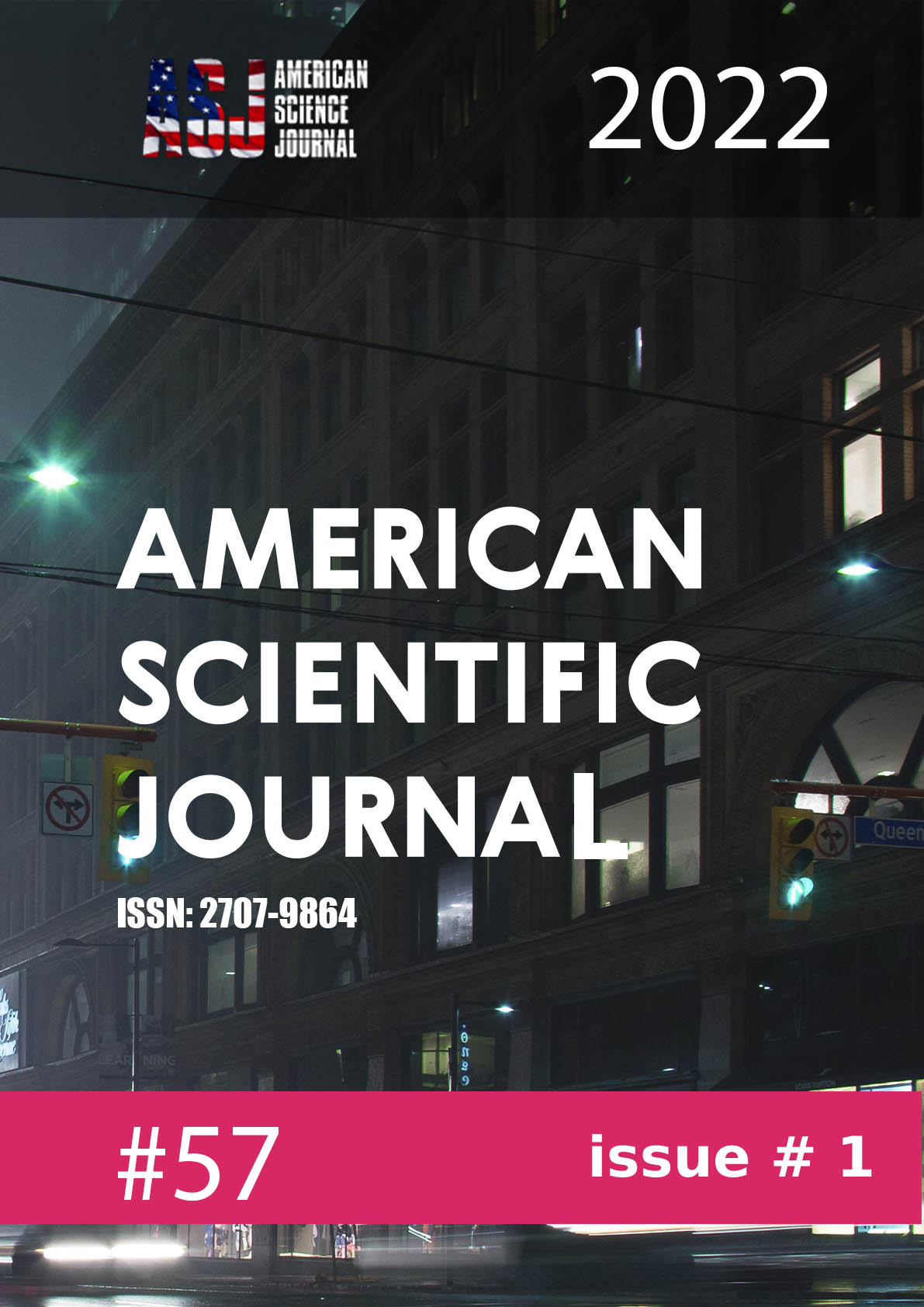A COMPARATIVE ANALYSIS THERAPY FOR WEST SYNDROME: A STUDY OF 35 CHILDREN
DOI:
https://doi.org/10.31618/asj.2707-9864.2021.1.57.164Keywords:
epilepsy, West syndrome, epileptic spasms, infantile spasms syndrome, epileptic encephalopathy, tetracosactide, dexamethasone, vigabatrin.Abstract
Objective: comparative evaluation of the effectiveness of hormonal, non-hormonal and combination therapy of West syndrome.
Material and methods: a study was conducted of 35 patients aged 3 months to 1.5 years, 23 boys, 12 girls with a primary diagnosed and verified diagnosis of "West syndrome" who had not received any treatment before, as well as with a previously diagnosed West syndrome and resistance to therapy. All patients underwent: EEGvideomonitoring, magnetic resonance imaging (MRI) of the brain, tandem mass-spectrometry, according to indications, DNA sequencing by clinical sequencing (panel "Inherited epilepsies"), chromosomal micromatrix analysis. Tetracosactide or dexamethasone were used as hormone therapy. Non-hormonal therapy was performed with antiepileptic drugs (AED): vigabatrin, topiramate and valproate in mono- or duotherapy regimens. Combination therapy included a combination of tetracosactide or dexamethasone with one of these AED.
Research results: the positive result of the therapy was: 1) persistent suppression of hypsarrhythmia on an electroencephalogram (EEG); 2) relief of epileptic spasms and the absence of their recurrence for at least 1 year; 3) restoration, to one degree or another, of normal psychomotor development. Positive results of therapy were obtained in 65,7% of cases. Obtained data showed that starting tetracosactide monotherapy is more effective than starting vigabatrin monotherapy, and combination therapy with tetracosactide and vigabatrin is more effective than starting tetracosactide monotherapy. Combination therapy with tetracosactide and AED showed greater efficacy compared to the combination of dexamethasone and AED: 68,4% and 37,5%, respectively. Of the 65,7% positive treatment results, 45,7% were obtained on combination therapy.
Conclusions: the most effective treatment option for West syndrome is a combination of tetracosactide and vigabatrin. It is preferable to start with tetracosactide monotherapy (with the exception of patients with tuberous sclerosis), but if hypsarrhythmia and/or epileptic spasms persist, 2-4 weeks after the start of treatment, it is necessary to switch to combination therapy with tetracosactide and vigabatrin.
References
Gaponova O.V., Belousova E.D. Prognosticheskie kriterii infantil'nyh spazmov // Jepilepsija. 2011. №3. S.38-43. [Gaponova OV, Belousova ED Prognostic criteria of infantile spasms. Epilepsia. 2011;(3):38-43. (In Russ).]
Karlov V.A. Jepilepsija u detej i vzroslyh zhenshhin i muzhchin. Rukovodstvo dlja vrachej. 2-e izd. M.: Izdatel'skij dom BINOM; 2019. [Karlov VA Epilepsy in children and abouts females and males. Physicians' manual. 2/e. Moscow: BINOM Publishers; 2019. (In Russ).]
Mironov M.B., Nogovicyn V.Ju., Abramov M.O., i dr. Sindrom Fedzhermana (dobrokachestvennyj nejepilepticheskij mioklonus mladenchestva) // Jepilepsija i paroksizmal'nye sostojanija. 2013. T.5. №2. S.42-46. [Mironov MB, Nogovitsyn VY, Abramov MO, et al. Fejerman syndrome (benign nonepileptic myoclonus of infancy). Epilepsy and Paroxysmal Conditions. 2013;5(2):42-46. (In Russ).]
Muhin K.Ju., Holin A.A., Petruhin A.S. Jepilepticheskie jencefalopatii i shozhie sindromy u detej. M.: ArtServis Ltd; 2011. [Mukhin KY, Kholin AA, Petrukhin AS Epileptic encephalopathies and related syndromes in children. Moscow: ArtService Ltd; 2011. (In Russ).]
Fisher RS, Cross JH, French JA, et al. Operational classification of seizure types by the International League Against Epilepsy: Position Paper of the ILAE Commission for Classification and Terminology. Epilepsia. 2017;58(4):522-530. https://doi.org/10.1111/epi.13670
Ghossein S, Pohl D Benign spasms of infancy: a mimicker of infantile epileptic disorders. Epileptic Disord. 2019;26(6):585-589. https://doi.org/10.1684/epd.2019.1116
Hussain SA Treatment of infantile spasms. Epilepsia Open. 2018;3(S2):143-154. https://doi.org/10.1002/epi4.12264
O'Callaghan FJ, Edwards SW, Alber FD, et al. Safety and effectiveness of hormonal treatment versus hormonal treatment with vigabatrin for infantile spasms (ICISS): a randomised, multicentre, open-label trial. Lancet Neurol. 2017;16(1):33-42.
https://doi.org/10.1016/S1474-4422(16)30294-0
Wilmshurst JM, Gaillard WD, Vinayan KP, et al. Summary of recommendations for the management of infantile seizures: Task Force Report for the ILAE Commission of Pediatrics. Epilepsia. 2015;56(8):1185-1197. https://doi.org/10.1111/epi.13057
Downloads
Published
Issue
Section
License

This work is licensed under a Creative Commons Attribution-NoDerivatives 4.0 International License.
CC BY-ND
A work licensed in this way allows the following:
1. The freedom to use and perform the work: The licensee must be allowed to make any use, private or public, of the work.
2. The freedom to study the work and apply the information: The licensee must be allowed to examine the work and to use the knowledge gained from the work in any way. The license may not, for example, restrict "reverse engineering."
2. The freedom to redistribute copies: Copies may be sold, swapped or given away for free, in the same form as the original.
 информационное письмо
информационное письмо


